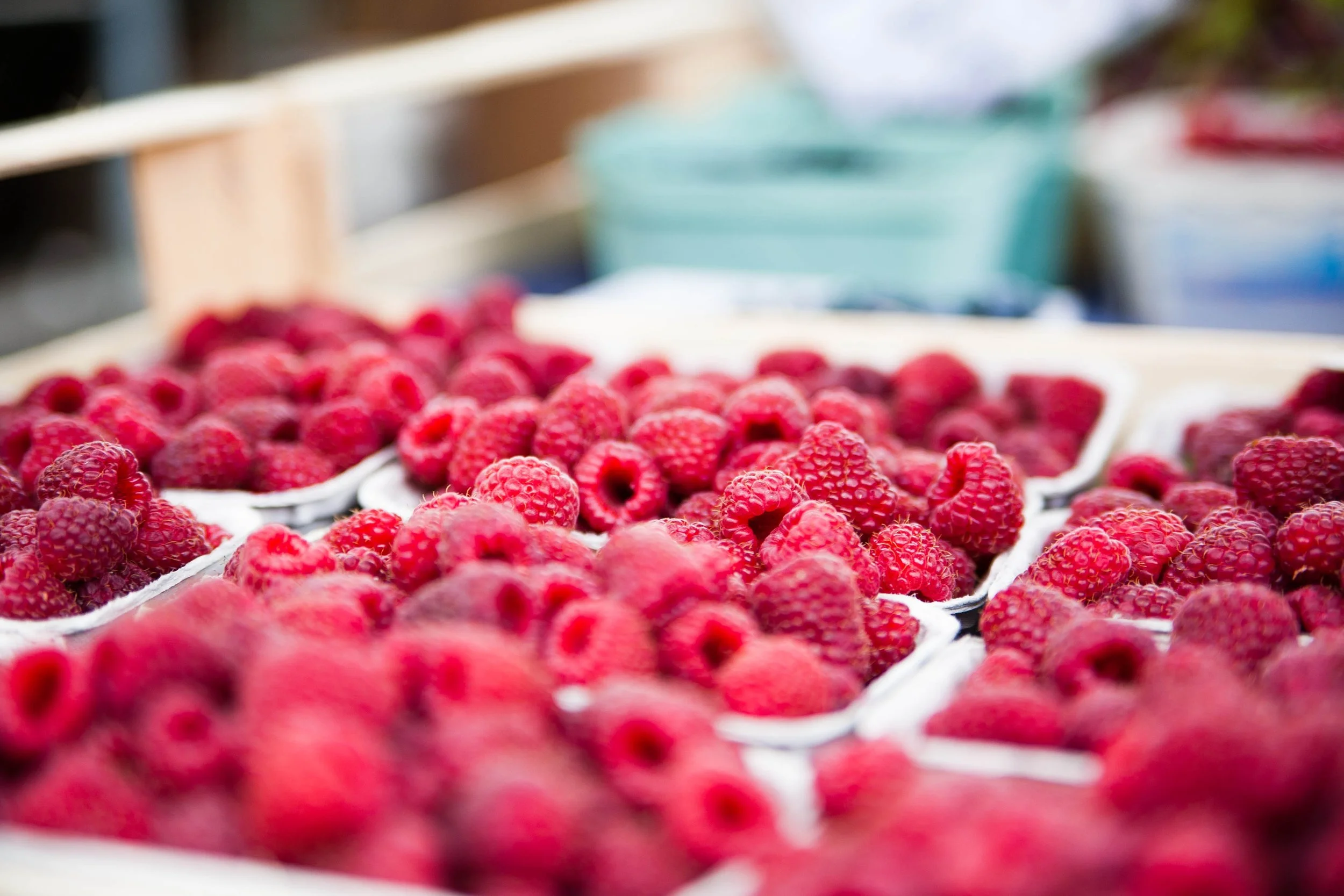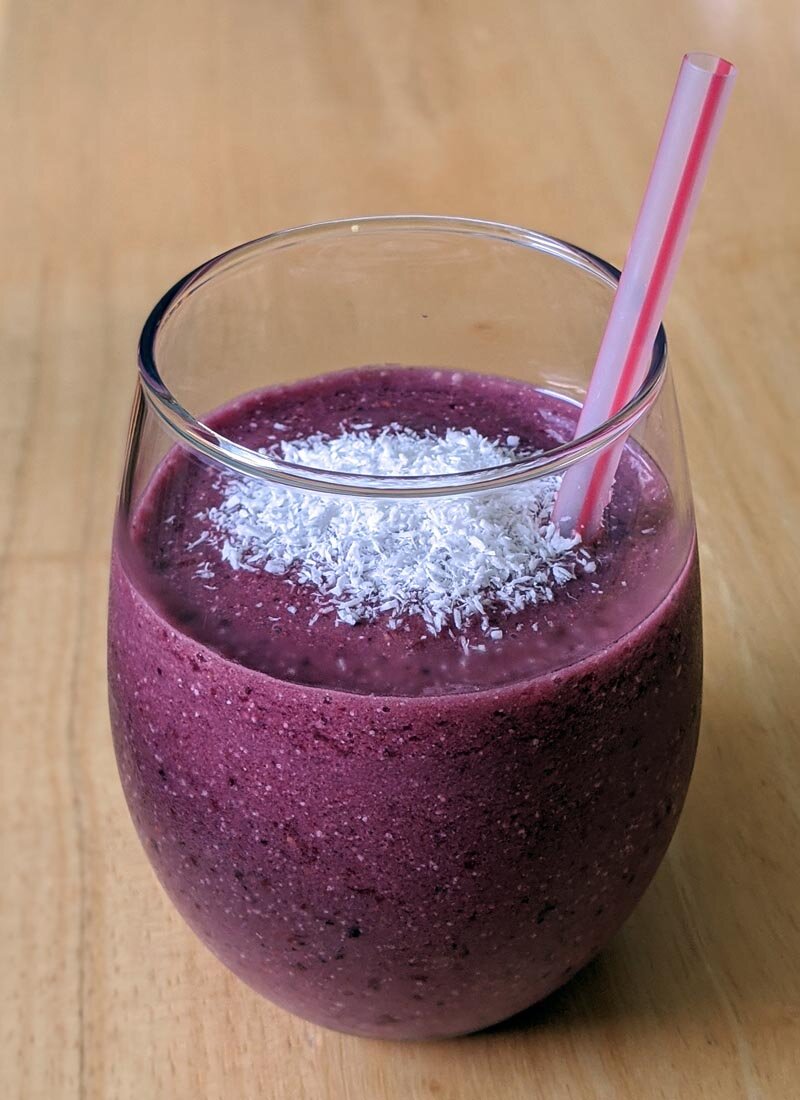As cold and flu season heads toward its peak, many people look toward herbs and supplements to keep themselves healthy. Recently, elderberry supplements have been in the news for their immune-promoting benefits. But are they the cure-all some articles have made them out to be?
Newer research has shown that while elderberries have plenty of health benefits, “immune support” is a vaguely defined one, and might not be as significant as previously thought. Still, the berries are nutritional powerhouses that may have other advantages.
Most supplement makers cite this 2007 study to demonstrate the efficacy of elderberry supplements in shortening the duration of flu symptoms. An older, Swedish study also came to similar conclusions, while a 2016 Australian study showed promise for elderberry in protecting the immune health of travelers. But a more recent study refutes these findings, and showed no significant link between the supplements and protection against respiratory viruses.
Even if they aren’t a cure-all for colds, elderberries do have mild antiviral properties and have been used in folk medicine for centuries. They also have plenty of other health benefits, say experts. The dark purple fruit of the Sambucus shrub, some varieties of which are native to North America, elderberries are rich in vitamins and antioxidants, including anthocyanins, which have been linked to reduced blood pressure. A new study out of Washington State University has even uncovered elderberries’ potential for improving metabolism and assisting with weight management.
Although elderberry supplements are safe for most adults for short periods, researchers recommended consuming the berry itself instead. While raw elderberries can be unpalatable, and large quantities can cause stomach upset, cooked berries provide most of the same benefits. And as long as you’re not sensitive to them, it won’t hurt to add elderberries to your nutrition “toolkit.”
The most traditional way to use elderberry is a syrup. Make it at home by combining ¾ to 1 cup of dried or fresh elderberries with 3 cups water and spices such as fresh or dried ginger and dried cinnamon. Bring the mixture to a boil until it is reduced by half, then strain, cool slightly, and mix with 1 cup honey. Eat by the spoonful, or pour over pancakes, waffles, or ice cream, or stir into your favorite non-alcoholic drinks or cocktails. You can also combine it with oil and vinegar to make a salad dressing.











